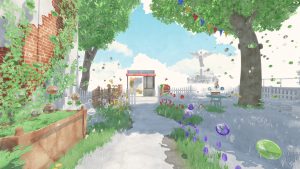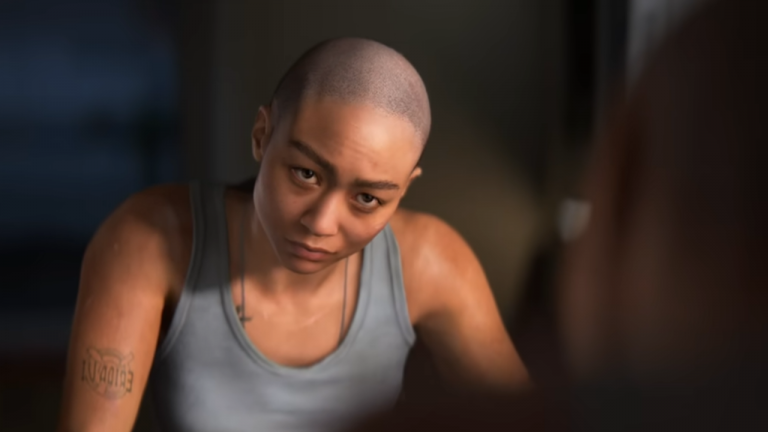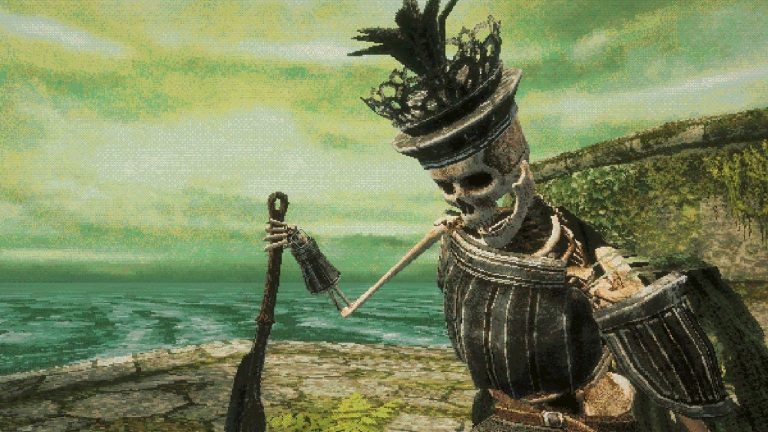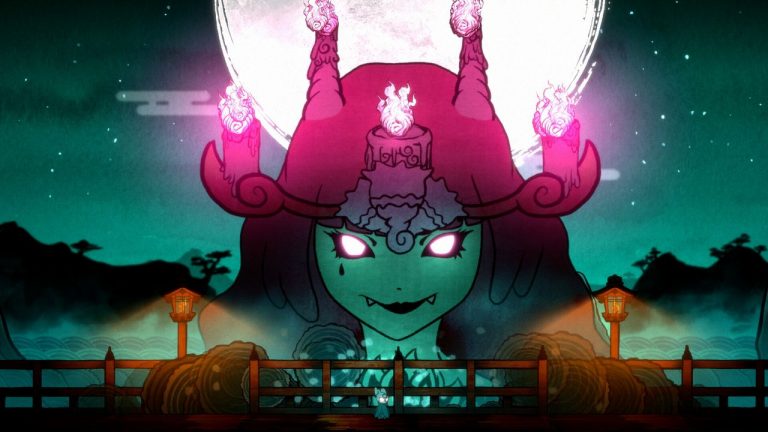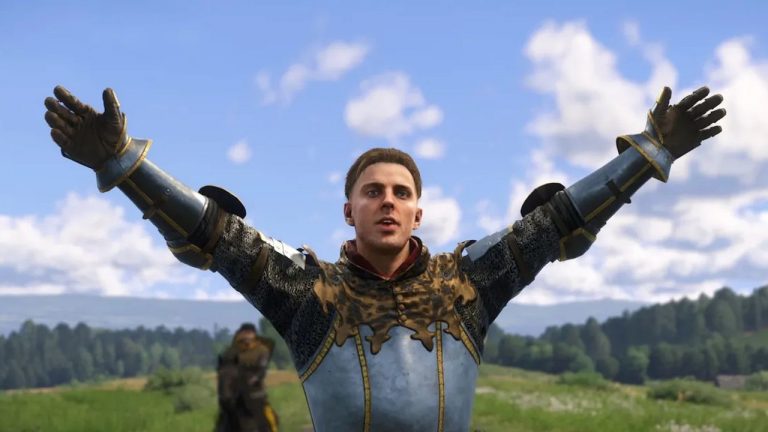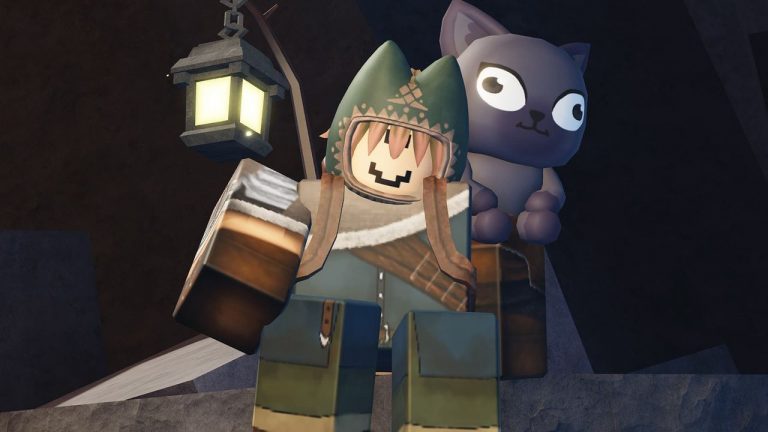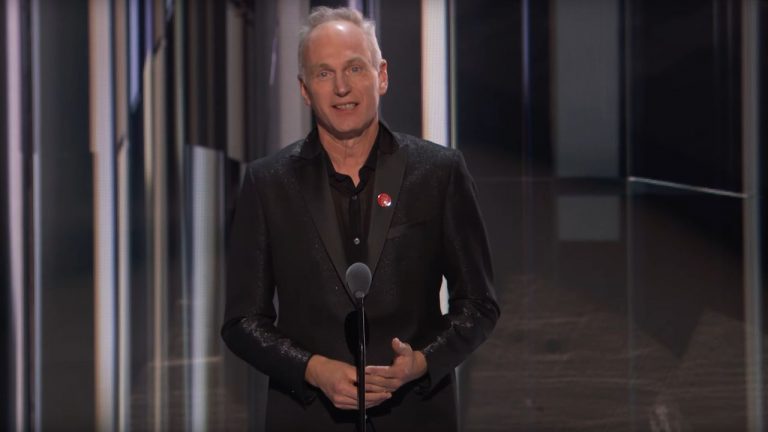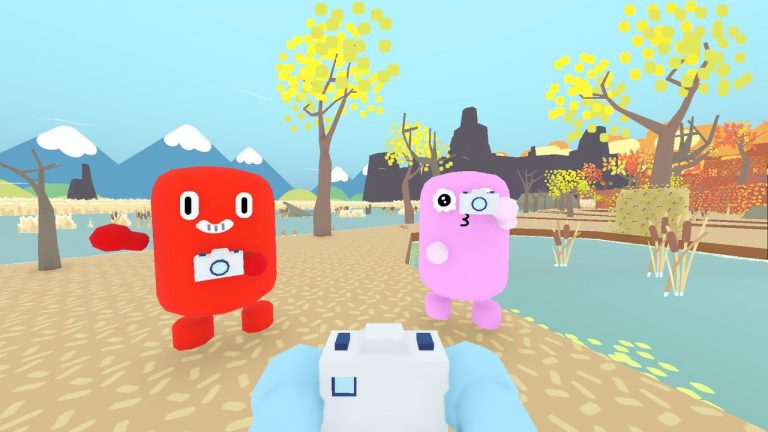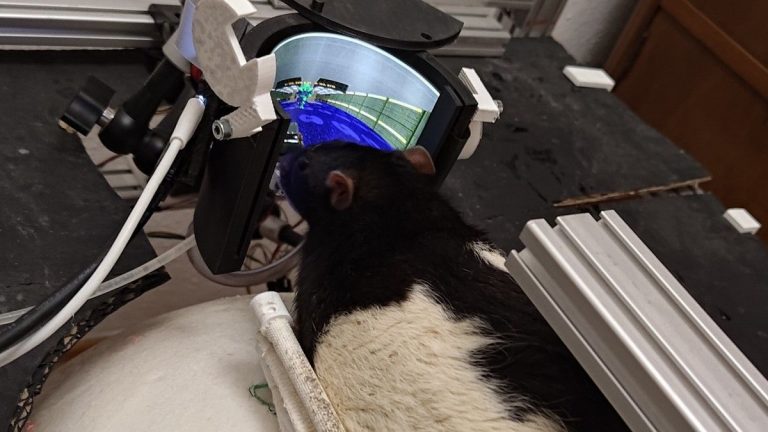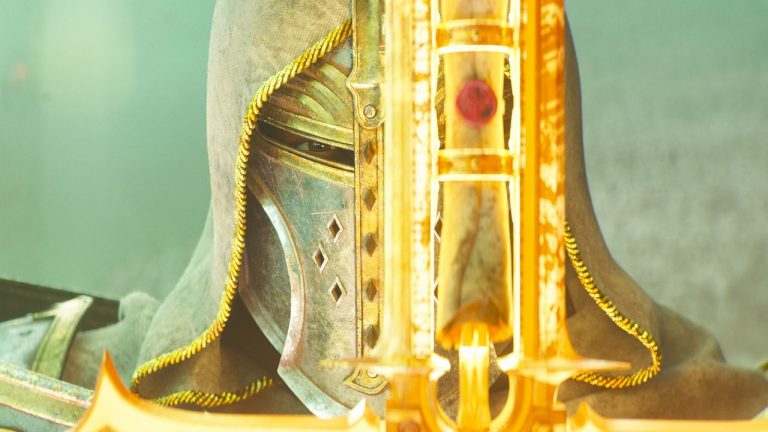The more time I’ve sat with my thoughts on Final Fantasy 14: Dawntrail’s story, the more it’s bothered me. Before I roll up some sleeves and tell you why, though, some housekeeping: I’m going to spoil the entire thing in this analysis, naturally.
In case you’ve never played Final Fantasy 14, though, and are just here to watch the fireworks of its current mixed reception from afar, you might be wondering why a middling story is such a problem in an MMORPG.
In a sense, you’re right to wonder. Despite my general dissatisfaction, I’m still having a blast in Dawntrail. I’ve been levelling my crafters and enjoying its new dungeons. The graphics update has allowed Square Enix’s Creative Studio 3 to go ham on some breathtaking environments making Tural a lovely place to spend time, and the new Arcadion raids have been an absolute riot.
My problems are angled purely towards the narrative, not the game I’ll be spending most of my time in. In that regard, Yoshi-P and his team have done some of their best work in years, and I think Dawntrail is going to be fondly remembered by many (myself included) if they keep up the pace.
FF14’s story, however, is still vitally important. It’s the game’s biggest selling point, its largest strength, and the first reason most recommend it to their friends. At its core, FF14 is a grab-bag of well-written, excellently translated RPGs stacked atop each other with an MMO to enjoy once you’re done with your 300+ hour long journey.
Natsuko Ishikawa, the lead writer responsible for Shadowbringers and Endwalker (two expansions highly-lauded for their stories) is now in a more distant, supervisory role—and boy did I feel her absence. While Dawntrail has its moments, I couldn’t help but feel it lacked a lot of the thoughtful, character-driven, and introspective writing from her I’d grown accustomed to.
However, I don’t think it’s right to call Dawntrail’s story bad. Actually, I think the opposite—I think it’s a great story on paper: the actual thorn stuck in my side is how it’s told.
A great idea only gets you so far
(Image credit: Square Enix)
Anyone new to creating anything—painting, writing, composing music, and so on—very quickly comes to the realisation that actually making the dang thing is the hardest part.
Storytelling is always going to be more important than the story itself. It’s my belief that you can take the most cookie-cutter, milquetoast concept and spin it into something great. Meanwhile a good idea can be bungled catastrophically. It’s why I don’t put much stock in “originality” when it comes to games—I don’t care how unique your idea is, I care about how well you pull it off.
So when I say that Dawntrail has a great plot, characters, and world, I don’t mean to say that the player gets to experience all of these things—some, but far less than they should have. Instead, I want to give the game’s new writers credit where it’s due. Credit that, for the most part, lies in the scaffolding they put together (and unfortunately, often stops there).
Dawntrail’s concepts are all really, really interesting. Stop me if any of this actually sounds like a bad idea:
A rite of succession for a distant throne sees an optimistic (and sheltered) princess, a brilliant mind obsessed with foreign technologies, and a son crushed by the weight of expectation in a race to find a legendary City of Hold. Meanwhile, one of our closest friends and confidants seeks the answers to her past. Along the way we clash with our former allies, who have thrown their weight behind other candidates.
(Image credit: Square Enix)
This is all set in Tural: A melting pot of disparate cultures only recently united by its warrior-king, an old adventurer like us who became a monarch instead of retiring, trying to establish new traditions that would see his ill-prepared children become fit for the throne. But while adjusting to its new rulers, this fledgling nation is attacked by a civilisation from a world ruined by storms—hell bent on sustaining a digital city of the dead.
It’s not exactly the summer vacation we were promised in Endwalker, but laying it all out like that, I’m not sure I’m looking at a bad story at all. There’s a ton of meat on the bone, and the tragedy of Dawntrail is that this all should’ve worked. Alas, you’re reading this because, in a lot of areas, I feel it fell short.
Beat by beat
(Image credit: Square Enix)
The first culprit is also the easiest to hash out: Dawntrail’s rarely makes use of the material it’s been given, and often fails to deliver it in a compelling way.
Final Fantasy 14 has always leaned heavily on exposition, sure. Characters will often repeat information we’ve already known as a kind of courtesy. It usually does this, though, to help ease the mental load of more complex themes.
In Dawntrail, however, these in-scene recaps target information that’s obvious if you were paying even the slightest bit of attention. When details are re-delivered, it’s often immediately after the dang thing happened—and in the dryest, least character-building way possible.
For example: We see Zoraal Ja disqualified from the race for the throne after attacking an elector in Mamook. He’s torn a verbal new one by said elector and told to jog on. Koana only just manages to wait until Zarool Ja and his lackey are off-screen before describing the exact same moment we watched, literally, seconds ago.
(Image credit: Square Enix)
It makes sense for Koana (being Zoraal Ja’s brother) to speak up. There are ways to add flavour to a quick summary of the scene—maybe he baulks at how out of character this was for his level-headed sibling, how he didn’t know he had such anger in him. Something, anything other than the wafer biscuit that is: “When Zoraal Ja was defeated, he tried to take the keystone by force. But he was thwarted by his father’s shade.” That’s not dialogue, that’s a Star Wars opening crawl.
This issue is then compounded by Dawntrail’s second problem: it refuses to let its most interesting months breathe, if it lets them breathe at all.
Take the scene I just mentioned, for example: Actually seeing Zarool Ja reject his retainer’s aid, fight a magical recreation of his father, fail, then lash out at the elector would’ve been a great moment of characterisation. Instead, we arrive moments after it’s happened and are told all about the scene we missed. Twice. As such, an otherwise smart choice to characterise one of the story’s main villains fails to leave an impression.
I had similar whiplash when, after her newly-inherited city comes under siege and she loses her father, our mandatory best bud Wuk Lamat has an understandable breakdown. It’s a scene that comes really close to being excellent—right up until we say exactly one thing to her, she feels better, and the plot moves along without really dwelling on her heartache.
Oh right, Wuk Lamat. I ought to talk about her.
The Lion Queen
(Image credit: Square Enix)
I actually really like Wuk Lamat. I think she had some really fun moments, and had the potential to be a bright light in a tale otherwise mired in heartache and family tragedy. Unfortunately, the story structure does everything it can to make you exhausted by her.
I won’t dwell on my exact arguments for why I think she’s fine or we’ll be here all day—instead, I think she represents Dawntrail’s third, and biggest problem: It has no idea how to use its cast of characters.
Wuk Lamat has a lot of redeeming qualities. She shows considerable growth, an ability to recognise her flaws and deal with them, and a genuine interest in the people she intends to rule. She’s also both wise and humble enough to share the throne with Koana, a move which pays off big time. Unfortunately, this all gets drowned out by how often she’s put in front of you and a few clumsy scripting decisions which play up her naivete too much.
She represents Dawntrail’s third, and biggest problem: It has no idea how to use its cast of characters.
At the same time, other characters felt downright malnourished: Koana is only just saved by having a few great character moments. Erenville is similar, barely squeaking in a compelling character arc that falls just short of being brilliant and lands squarely in ‘pretty good’ territory. Zoraal Ja, the story’s central villain for eight out of its 10 levels, is so thoroughly underdeveloped that the dialogue (captured here courtesy of the FFXIV wiki) for unlocking the extreme difficulty version of his fight only frustrated me further, because we barely got to see any of it:
(Image credit: Square Enix / ffxiv.consolegameswiki)
And then there’s Krile. She’s meant to be the driving force behind a huge mystery in Dawntrail’s story. Instead, she finds her answers off-screen, tells us about it after the fact, and then quite literally says “enough about me.” On the contrary Krile—we really haven’t had enough of you.
The Scions, your long-standing adventuring troupe, also might as well not have come along for the ride. We’re told that Alphinaud and Alisaie have grown close to Wuk Lamat, but we barely ever see them have actual conversations with her. Thancred and Urianger’s opposition to us—siding with another claimant for the throne—comes to a head when Thancred, uh, drops some rocks in front of us in a dungeon, which is quite literally it. Y’shtola is also there. She throws a spell at a MacGuffin when a villain runs off with it. Good job, Y’shtola.
The only time I felt like a side character was given any sort of deliberate attention was a (genuinely beautiful) gondola ride with G’raha Tia in the story’s final zone. It’s a heartfelt, impactful moment that makes this glaring issue with Dawntrail’s character usage all the more obvious—a brief window into a tale that remembered the history of its cast and crew.
(Image credit: Square Enix)
It’s a problem that exists in spite of the room the story had to actually use these characters, too. Dawntrail has, pound for pound, almost as many raw cutscene hours as Endwalker does—which makes it far longer than the expansions that preceded Endwalker, too. Expansions that only occasionally had trouble juggling multiple character arcs.
In other words, if Dawntrail was a play, Wuk Lamat would spend all three acts stood in the middle of the stage, Erenville would get to poke his head in occasionally, Krile would be shouting her muffled lines from behind the curtains before getting a quick musical number in the final ten minutes, and the rest of the characters would be cardboard cutouts in a storage unit down the street.
I do like it. Honest.
(Image credit: Square Enix)
Reading all that, you might be surprised to find out that yes—I did still enjoy Dawntrail’s story. My annoyance lies more in what could have been, rather than what is. It had moments that I thoroughly liked, characters I was genuinely invested in, and occasional flashes of excellence that really hit home. Here’s some positives to balance out my grumbling, in no particular order:
I adored many of the scenes in Living Memory, the expansion’s finale zone, and I felt deeply for Erenville losing his mother. The bumbling knight Otis stole my heart. Zarool Ja’s child mourning not his father, but the relationship he never had with him on his deathbed was exceptionally well done, even if Zarool’s own characterisation wasn’t. And despite my quibbles with certain plot points, Bakool Ja Ja is fun enough to deserve his contingent of die-hard babygirls. Simply put: If you loved Dawntrail, I don’t think you’re wrong.
If you loved Dawntrail, I don’t think you’re wrong. Yet the more I think about its story, the more I realise that I enjoyed it in spite of how it was told.
Yet the more I think about its story, the more I realise that I enjoyed it in spite of how it was told—and the more frustrated I feel knowing that, in an alternate timeline with a stronger edit and a writing team capable of playing to its cast’s strengths, FF14’s next 10 years of narrative would have taken off at a run rather than tripping over its own laces.
I think Square Enix’s decision to give new writing talent a swing at the MSQ is an inherent good. After all, Natsuko Ishikawa was given a similar opportunity with Shadowbringers, and it worked out spectacularly. But the following two years of story patches will be a test to see if Final Fantasy 14 can once more grow from the harsh feedback of its player base, just as it did over a decade ago with A Realm Reborn.
I have hope, though. Endwalker had tremendous issues with its combat content—issues that Dawntrail made great strides towards fixing. Even if we don’t see the results right away, this is an MMO defined by one of the biggest course-corrections in gaming history—and I’m sure it can happen again.


